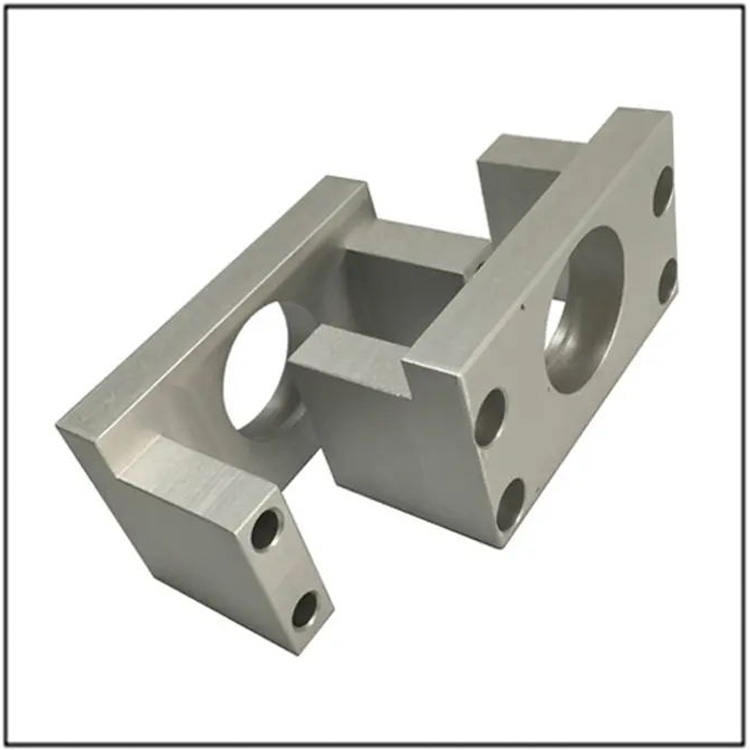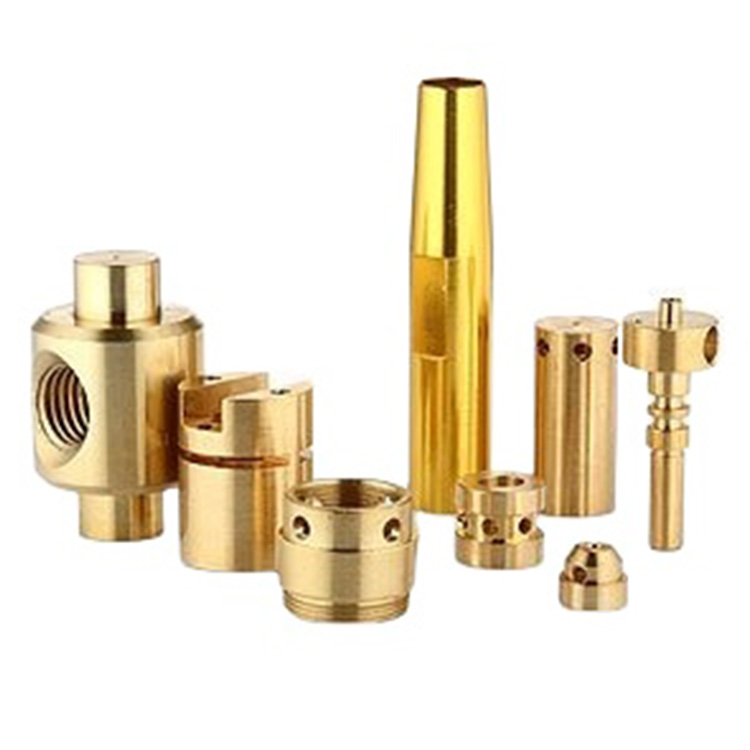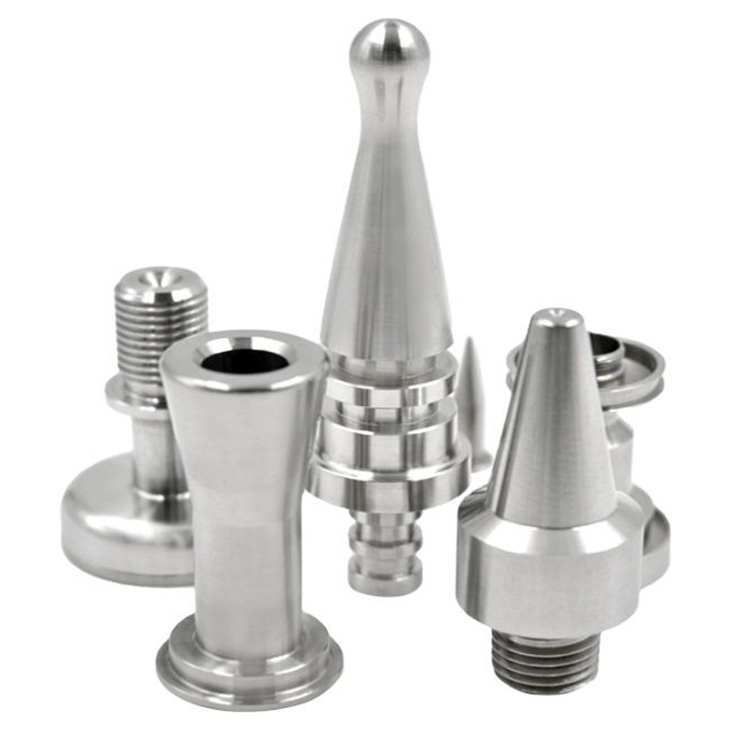
Comparison Between CNC and SLA
CNC is Computer Numerical Control: Computer Numerical Control, abbreviated as CNC, is commonly referred to as CNC in foreign countries, and the concept of NC is rarely used again. Numerical Control Machine Tools refers to machine tools equipped with computer numerical control systems, abbreviated as CNC machine tools.
SLA stands for Stereo Lithography Appearance, which refers to the stereolithography method.
The comparison between CNC machining and SLA machining processes is as follows:
CNC process characteristics:
1.Programming and processing are required based on the part data. For complex structured parts, they need to be disassembled and processed before being bonded and assembled;
2.Fixtures need to be designed and used during the processing. For large-sized and complex structured disassembled parts, in order to ensure splicing accuracy, it is also necessary to consider designing specialized inspection tools;
3.The materials used are real materials, which can be directly processed with various materials such as ABS, acrylic, PP, and even metal. The comprehensive mechanical properties of the materials are higher than those of SLA technology.
SLA process (3D printing) features:
1.The process has high flexibility and can complete the production of very complex structural parts in one go, and its production cost and speed are basically independent of the complexity of the parts;
2.Fast production speed, capable of parallel processing of multiple parts within the processing specifications of the equipment. It only takes a few hours to tens of hours from obtaining data to completing the parts;
3.CAD/CAM seamless integration, CAD data can be directly processed and produced on the machine without the need for data programming and part splitting;
4.During the machining process of parts, there is no need to consider the design and use of inspection fixtures;
5.The mechanical toughness of the resin material used is slightly poor and can reach the ABS grade, but it cannot fully meet the performance of the real material.
CNC cost structure:
CNC machining consumables directly use real materials such as ABS and PP, with lower material costs; However, the process of CNC prototype manufacturers requires programming and disassembly, and usually a CNC equipment requires 3-4 personnel, resulting in high labor costs. Therefore, the cost of CNC mainly depends on the complexity of parts and material consumption. The more complex the parts, the greater the workload of disassembly and programming, and the more complex the post-processing splicing process, the more manual labor hours are required, resulting in higher costs.
SLA Cost Structure (3D Printing):
SLA devices can basically achieve "unmanned operation", where one person can simultaneously operate and control 3-5 SLA devices, with low labor costs. However, SLA materials are specific photosensitive resins, resulting in higher procurement costs. Therefore, the production cost of SLA is basically independent of the complexity of the parts, but mainly depends on the weight of the processed parts and the depreciation of the equipment itself.
Based on the above comparison, it can be seen that Shenzhen CNC prototype manufacturers are more suitable for producing various solid parts with simple and heavy structures, while SLA technology is mainly suitable for producing various complex structures or parts with high construction requirements.
In terms of cost, due to the fact that SLA process costs are mainly related to part weight, SLA costs are better than CNC for high-precision, thin-walled, or hollow structure parts; For heavy parts with relatively simple structures, CNC has a cost advantage.










